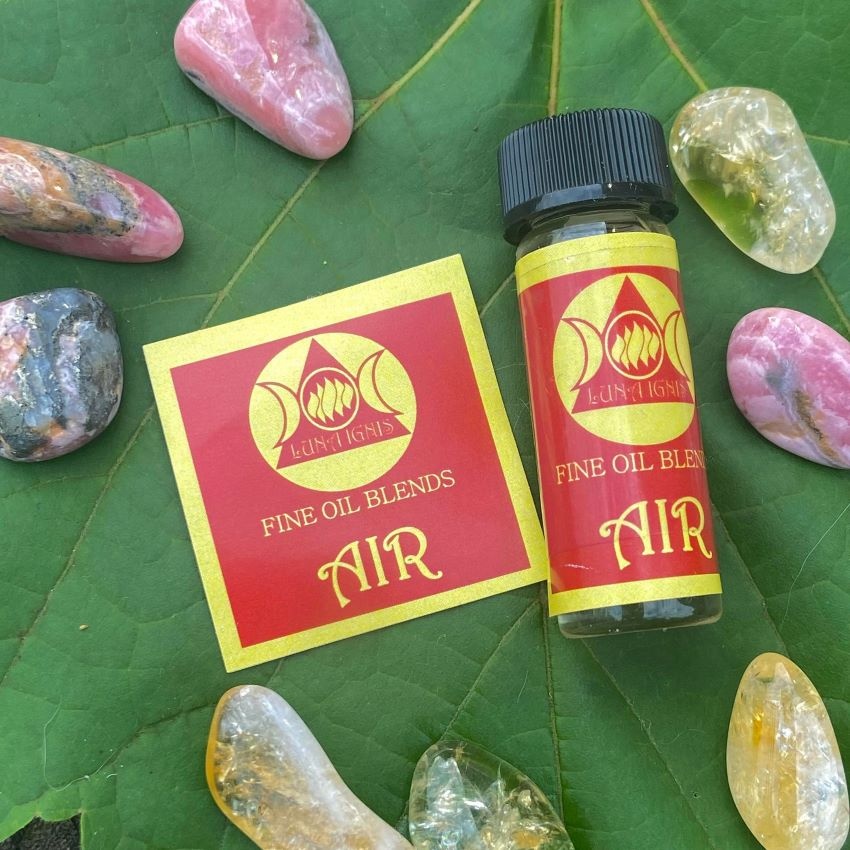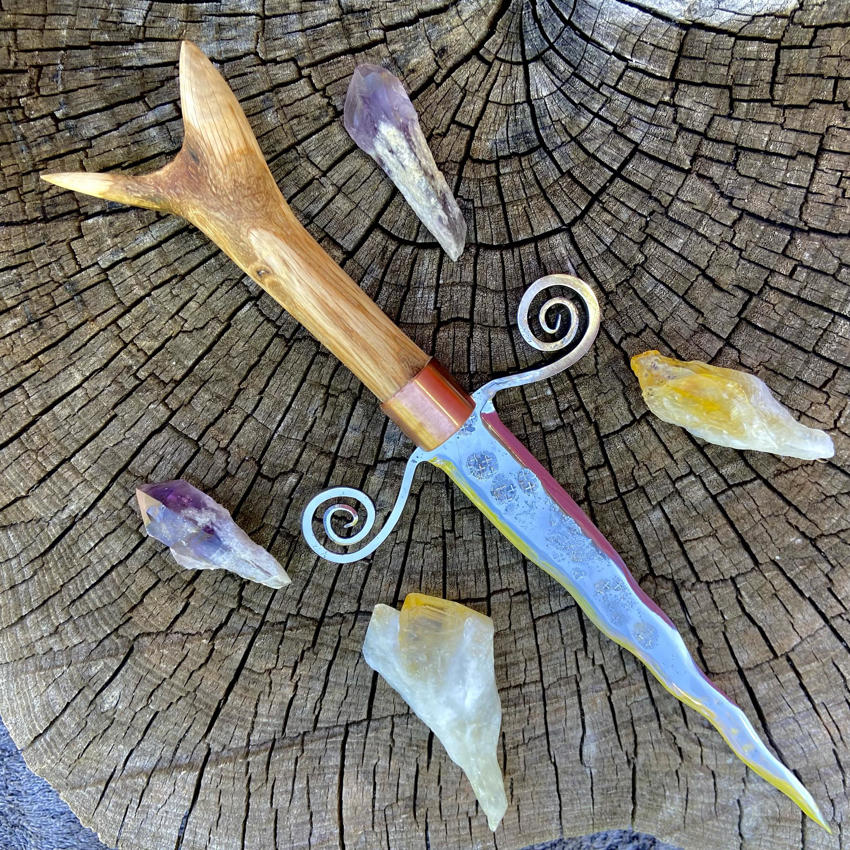The Elements In Witchcraft, Wicca and Ritual Magick Part 1 AIR
The Elements In Witchcraft, Wicca and Ritual Magick Part 1 ..... AIR!!!
The Element of Air and its relationship to the Direction of East in Witchcraft.

In the tapestry of Western esoteric traditions—including witchcraft, Wicca, paganism, and ceremonial magic—the four cardinal directions have symbolic and elemental significance. The Cardinal directions are also referred to "the watchtowers" or "pillars" in modern day paganism and witchcraft. In ceremonial magick the direction of East holds a special place within the four pillars, traditionally aligned with the element of Air. Historical Roots of Directional Correspondences The assigning of elements to the four watchtowers can be traced back thousands of years across many cultures, but when it comes to modern day witchcraft and Wicca, the most common reference can be found in Greek philosophical traditions. The four classical elements—Earth, Air, Fire, and Water—were first proposed by the Greek philosopher Empedocles and later refined by Plato and Aristotle. At first the elements were initially seen as what they were, physical and tangible, then they gradually took on spiritual and symbolic dimensions as time migrated into Western occultism. Eventually, the element of air and its relationship to the east quarter was established within Western ceremonial magic, Hermeticism, and Kabbalistic traditions. These traditions were highly codified in grimoires like the Key of Solomon and were later incorporated into Golden Dawn rituals in the 19th century, which profoundly influenced modern witchcraft and Wicca as we know it today. Wicca and Neo-Paganism: Revival and Ritual Modern Day Wicca, most popularly pioneered by Gerald Gardner in the mid-20th century, the quarters (or Watchtowers) are invoked during Wiccan rituals. High priests and priestess call upon the guardians of the four cardinal points, each associated with an element, a color, and particular tools. Below are representations of what The East is commonly associated with: • The Element of Air • The Color Yellow • The Season of Spring • The time of day it represents is dawn (the sunrise, the beginning of the day) • Some Tools used are Wands, incense, and bells. The invocation of the East often opens a ritual, echoing the natural symbolism of sunrise, new beginnings, and breath—all qualities linked to the element of Air.
Why is the East Associated with Air?
1. Sunrise and New Beginnings: The East is where the sun rises, symbolizing awakening, illumination, and clarity—all mental and intellectual qualities associated with the element of Air. Air is the element of thought, reason, communication, and inspiration—qualities needed at the start of any journey, spiritual or otherwise.
2. Wind and Movement: In many cultures, winds come from the East at the start of a seasonal cycle (e.g., spring breezes). Wind can be seen as harbingers of change, life, and fertility, which aligns with Air’s spirit as the life-bringer through breath and motion. 3. Esoteric Symbolism: In Kabbalah and Hermeticism, Air is the element through which divine messages travel. Associated with Mercury, the messenger god is associated with intellect, language, and connection. The East, facing the rising sun and repro beginnings, is an ideal for the communicative element. 4. Alchemy and Hermeticism: Air in alchemy is one of the spiritually “lighter” elements, ascending rather than descending. Placing it in the East suggests a spiritual ascent at the moment of initiation—again tied to the dawn, beginnings, and spiritual clarity. The Importance of the Element of Air In magical and spiritual practice, Air is essential not just as an element, but as a medium of transformation. Its importance can be seen in multiple ways: 1. Breath and Spirit (Pneuma): In both Greek (pneuma) and Hebrew (ruach) traditions, the word for “breath” also means “spirit.” Air, is what gives life and consciousness. In ritual, breathing techniques are often used to enter altered states of awareness or to cast spells. 2. Mental Clarity and Wisdom: Air governs the mind, thought, memory, inspiration, and communication. It is invoked for intellectual pursuits, divination, and speaking one’s truth. 3. Communication Between Worlds: In paganism, Air acts as a conduit between physical and spiritual realms. Spoken words, incantations, and chants all ride on the “airwaves”—thus Air is also linked to manifestation through sound and intention. 4. Change and Adaptability: Air, unlike Earth or Water, is invisible yet ever-present—it moves freely, representing freedom, flexibility, and innovation. Invoking the East and Air in ritual often aims to bring fresh ideas, insight, or clarity during times of stagnation. The East as the Gateway of Illumination In witchcraft, Wicca, paganism, and ceremonial magic, the East is not merely a direction—it is a spiritual compass point, guiding the practitioner toward intellectual awakening, fresh beginnings, and divine communication. The element of Air represents the unseen yet vital force that animates thought, speech, and the soul. As dawn breaks in the East, so too does the light of understanding and inspiration. To face East in ritual is to open oneself to this clarity—to breathe in the first breath of life before walking the circle of the four elements.
In many occult and witchcraft traditions, the elements are represented via "correspondences" with different ritual tools. As a two sided weapon, such as the sword of justice, the dagger or sword represents the element of AIR! As does the burning of incense!
For our heirloom quality hand forged athames and witches daggers... Athames And Daggers!
Swords!.... Hand forged witches swords
Our award winning Luna Ignis Incense blend for AIR.... Luna Ignis Sylph's Breath Incense
Our award Winning Luna Ignis annointing oil for the element of air! Luna Ignis Air Oil
A great little book on the element of Air! Elements of Witchcraft: Air Magic

